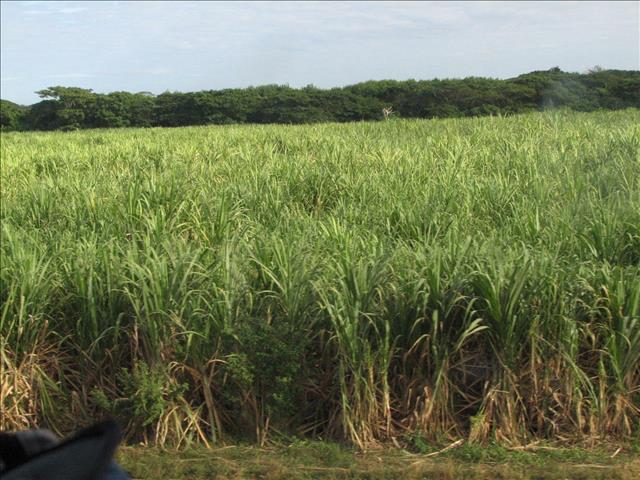 This year 14th May will mark 135 years since the schooner ‘Leonidas’ arrived in Suva, Fiji in 1879 with the first “Girmit” labourers from India.
This year 14th May will mark 135 years since the schooner ‘Leonidas’ arrived in Suva, Fiji in 1879 with the first “Girmit” labourers from India.
They were male and female contract workers who signed a legal Agreement or ‘Girmit’ form. Many went to Africa and some to Guyana in South America.
There were 498 passengers on ‘Leonidas’ when it left Calcutta (now Kolkata) for Fiji; 273 men, 146 women and 79 children under 12 years of age.
An outbreak of cholera and smallpox struck whilst the ship was at sea and 17 people died before reaching Fiji.
Over 70% of these pioneer Girmityas were from the East of the United Provinces (Uttar Pradesh) and Bihar. Another quarter came from the Madras Presidency (now Tamil Nadu and parts of Andhra Pradesh) in South India. There were also smaller numbers from Punjab, Kashmir and other parts of India.
In terms of religious affiliation, an overwhelming majority of them was Hindus and 22% were Muslim.
The Sugar Company
 Three years later, in 1882, the Colonial Sugar Refining (CSR) Company of Australia established its first sugar mill in Nausori and the second Girmit ship arrived.
Three years later, in 1882, the Colonial Sugar Refining (CSR) Company of Australia established its first sugar mill in Nausori and the second Girmit ship arrived.
Increasingly, Girmit labour would be employed on sugarcane plantations, as the British colonial authorities could not induce the indigenous folk to work.
By contrast, Indians were perceived as superior labour and citizenry as hardworking, honest, diligent and abiding people.
More than 60,000 labourers migrated from India to Fiji under this scheme between 1879 and 1916. Strictly speaking, after five years of labour, every Girmitya was free to return to India at their own expense and after ten years of work, the colonial authorities were legally obliged to return them with free passage for children.
Difficult choice
About 25,000 Girmityas in Fiji did return to India but a majority of 35,000 migrants remained in that country. It has been argued that with proprietary hauteur, the CSR, made repatriation difficult in order to ensure a pool of cheap labour.
Although there were some private emigrations (free settlers) of individuals and families, most of Fiji’s current ethnic Indian population descended from this wave of humanity.
As a folk group, Indians of Fiji merged their regional identities and cultures into a shared common Indian one.
Unique identity
This is most marked by the development of a distinctive local dialect of Hindi, but also by subtle changes to their sartorial codes and dietary customs.
In over 100 years, there has been surprisingly little intermarriage with the indigenous native peoples of Fiji and they have fostered and maintained a unique identity.
Britain formally abolished the Girmit Indenture system in 1916.
The final shipload of over 800 labourers, the 87th such transport, arrived in November that year on the ‘SS Sutlej V.’
Finally, in 1920, all indentured labour was officially cancelled.
Above all, the date of May 14 is now a day of remembrance, reminiscence and celebration. It remains an opportunity to recall and meditate on the aspirations and ambitions of the Girmityas and their hardships and fate.
Abdullah Drury is a voracious reader and prolific writer. Married to an Indo-Fijian, he perceives life and people with a distinct bond. Mr Drury lives in Hamilton with his wife and children.






